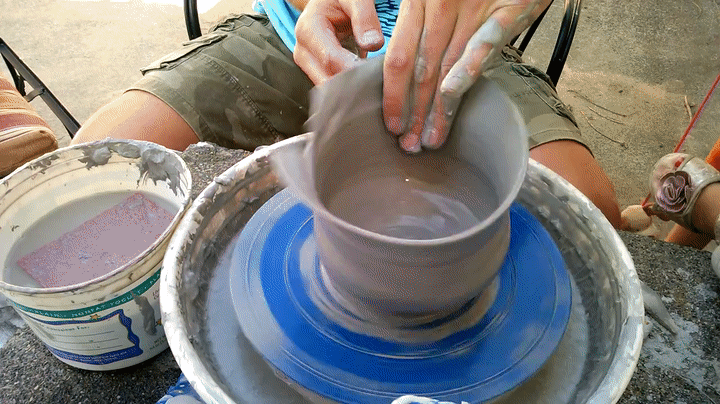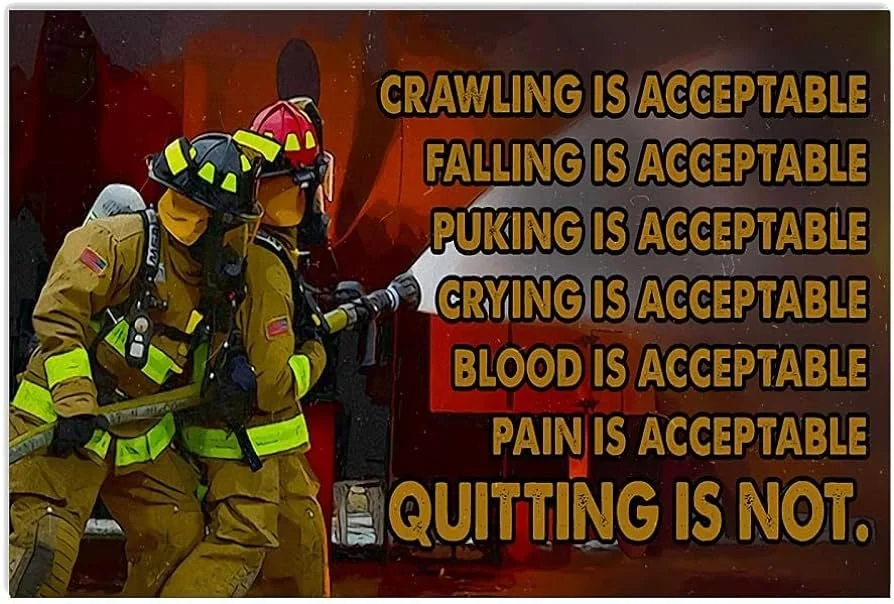Failure Is Necessary:
In a busy emergency infrastructure, we’re commonly overwhelmed. Professionals acclimate to such rigors as sleep deprivation, understaffing, overworking, and operating in dangerous environments. Those outside of Emergency Response cannot imagine how effective and reliable patient care occurs under such pressures, yet the pros possess uncanny skill and affection for the adventure. The secret: train to make decisions rapidly and course corrections under extreme duress. It’s not learned overnight or over a year. It’s a never-ending practice of presiding over one’s imperfections.
Early on, my students learn the tenets of trial and error. When you fall, I encourage you to get up. When mistakes are made, quickly fix them, and don’t repeat them. One rule is paramount: Don’t take failure as defeat.
The Burden of the Trophy Generation
The children plead: “It’s not our fault, our parents didn’t allow us to fail.” Parents say: “We meant well.” For whatever reason, there is a hardwired taboo in modern culture to be incorrect. We make concessions and allowances, often passing the buck. It’s not ideal or admirable, but it often goes unchallenged. Except, when life is on the line, there needs to be accountability and a plan for improvement, with the leniency and ability to allow someone to improve without irreparable penalty. It’s the only way the younger generations will learn the difference between being incorrect, off-track, correctable, or criminal. This must be taught early on in school and reinforced throughout their education.
In my courses, students need to dare to improvise, make dire decisions quickly, and trust that there’s freedom to be incorrect. The first mistakes are always the hardest for students, and they should be handled accordingly. No one expects students to know lifesaving care right off the bat. Even so, the delicacy makes each student a case-by-case situation that deserves unique critique.
Maybe that’s the necessary pain that has to be felt in order to dedicate more. Maybe that is the test to see who truly wants to be here. Losing doesn’t get any easier, especially in Emergency Response. SO maybe we all die just a little here, and then grow from it…grow out of it. Most of them do, and it’s beautiful to watch.
I’ve built safety nets for mistakes up front. I joke with them about it, and repeat the sentiment over the semester. "‘Start killing left and right, slaughter this one, break this one’s neck, overlook that patient’s heart attack. Who cares? There’s no harm in forgetting the arm in a practice scenario. Let’s learn how to become comfortable in discomfort, sharpen our skills now, and leave the harmful practices in the classroom.’
Try, Try Again
At its base, there’s you and the mountain. Above is the peak; below is everyone else. Shale, landslides, cliffs, and cougars lay ahead. Sometimes, it’s a team event, but on the proving- ground, the foothold is wide enough for only one person. I tell them to walk that path often; get used to the feeling. Inevitably, beginners are going to fall on their academic asses more than once. The point is to learn from the falls. Lessons are best learned when the best when hard-won. As the saying goes: “If at first you don’t succeed…try, try again.” Notice ‘try’ is emphasized twice?
I intend you to stumble in my classes. You learn to navigate the darkness by stubbing toes and concussing egos. If you don’t give up, improvement is inevitable. Learn the room layout by stepping, falling, standing up, and pushing forward another step. One day, in a fire, while in a house fire, crawling through the impenetrable black heat, you’ll instinctively navigate through a labyrinth of overturned furniture, crawl under the heaped roof timbers, find a crying toddler cowering on the other side, and rescue her. When suddenly, the grand design of the world shows you why all the failures of your past needed to occur so that you could save this child’s life, you can thank me then.
But seriously, making sensible gut decisions when failure is a possibility is an essential skill for this job.* You have to learn how to think rationally when stressed, which begins through trial and error.
Richard Kolomay & Robert Hoff Firefighter Rescue and Survival, Fire Engineering Books, 2003, Ch. 1, 3-5



